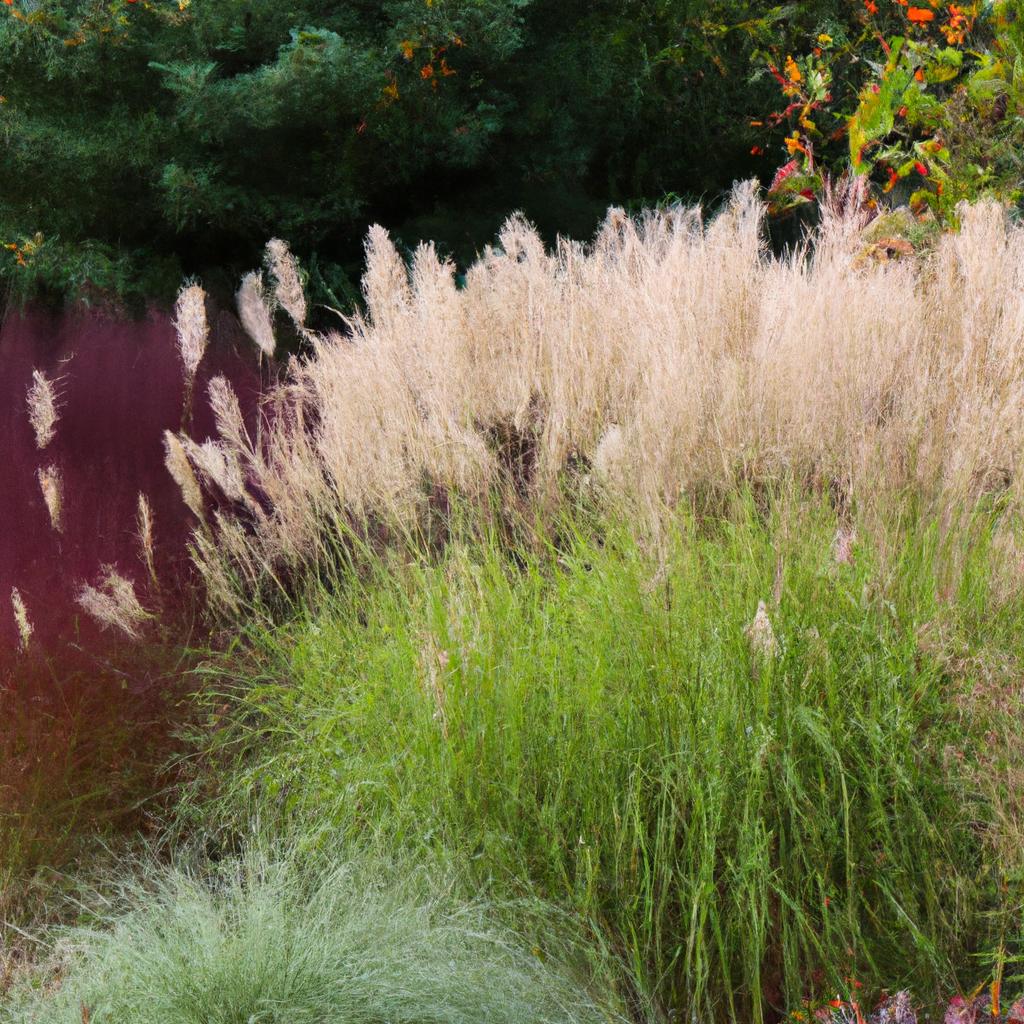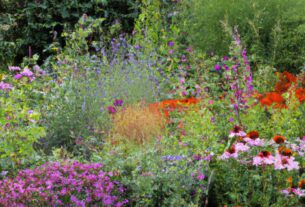Are you yearning to enhance the beauty and texture of your garden? Look no further than ornamental grasses. These versatile plants have quickly gained popularity, and for good reason. They add a unique element to any garden design while requiring minimal upkeep. With their low-maintenance nature and ability to withstand drought, ornamental grasses are the perfect choice for busy gardeners.
The Beauty of Ornamental Grasses
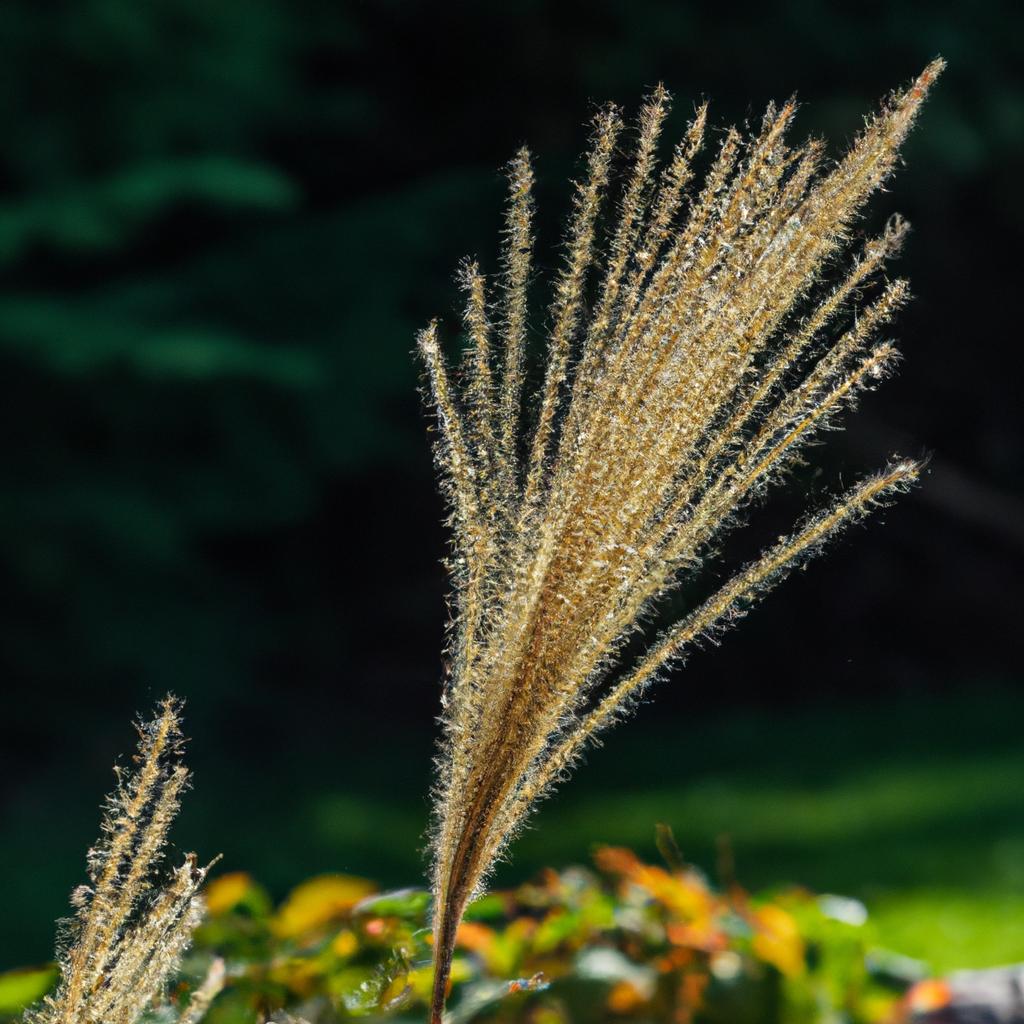
Aesthetic appeal is the most obvious benefit of ornamental grasses. With a wide range of colors, textures, and heights, these plants allow you to create a garden design that suits your personal style. Whether you prefer a natural, wild look or a more structured design, there is an ornamental grass that will fit perfectly.
In addition to their beauty, ornamental grasses are low maintenance. After they are established, these plants require minimal care, making them an excellent choice for those with busy schedules. They are also resistant to pests and diseases, further reducing the need for maintenance.
Types of Ornamental Grasses
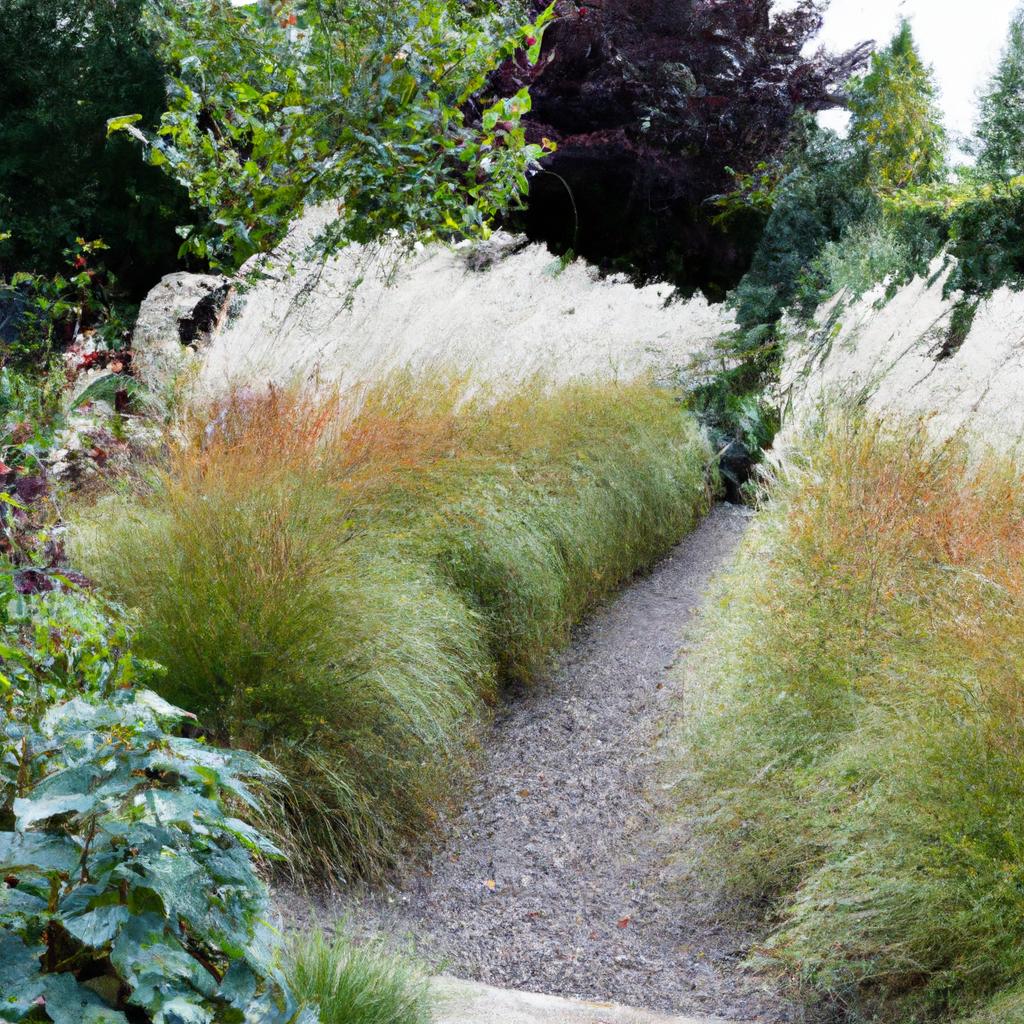
Before you decide on the right ornamental grass for your garden, it’s important to understand the different types available. Here are the most common types:
Warm-Season Grasses
Warm-season grasses thrive in hot, sunny conditions and go dormant during cooler weather. Fountain grass, switchgrass, and big bluestem are examples of warm-season grasses. They are perfect for gardens in warmer climates.
Cool-Season Grasses
Cool-season grasses, as their name suggests, thrive in cooler weather and are best planted in the fall or early spring. Fescue, blue oat grass, and tufted hair grass are popular examples. These grasses are ideal for gardens in cooler climates.
Evergreen Grasses
Evergreen grasses retain their foliage year-round, adding texture to your garden even in the winter months. Blue fescue, mondo grass, and lilyturf are common varieties.
Perennial Grasses
Perennial grasses come back year after year, making them a favorite choice among gardeners. Maiden grass, feather reed grass, and little bluestem fall under this category.
Choosing the Perfect Grass for Your Garden
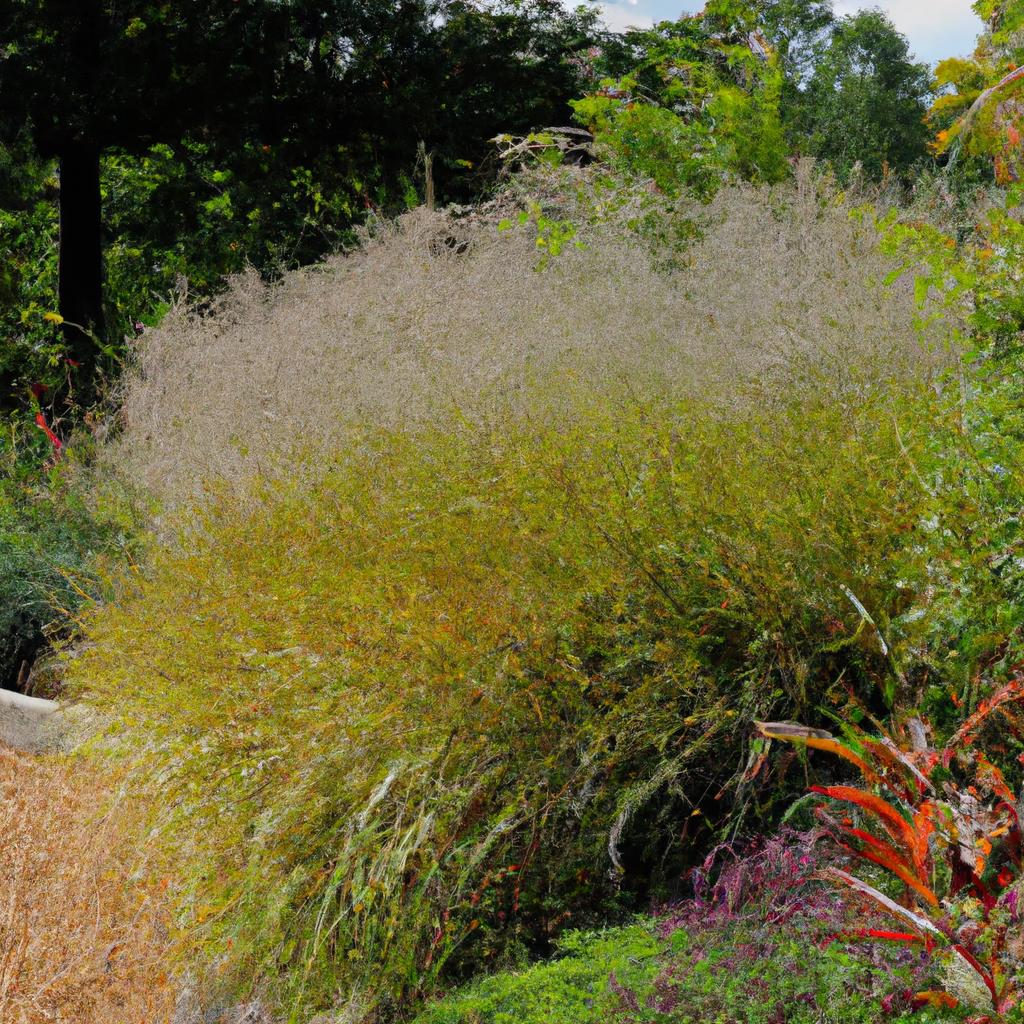
To choose the right ornamental grass for your garden, consider the following factors:
Climate and Soil Type
Different grasses thrive in different climates and soil types. Some prefer hot, dry conditions, while others prefer cooler, moister environments. Likewise, some grasses do well in sandy soil, while others prefer loamy or clay soil. Make sure to choose a grass that will thrive in your specific climate and soil conditions.
Height and Spread
Consider the height and spread of the grass you choose. Some grasses can grow up to six feet tall, while others stay low to the ground. Similarly, some grasses spread quickly and can quickly overtake a garden bed, while others grow more slowly. Select a grass that fits your garden’s design and won’t overwhelm other plants.
Purpose
Think about the purpose of the grass in your garden. Do you want to add texture and interest or fill a large space? Are you looking for erosion control or to attract pollinators? Choose a grass that meets your specific needs.
Design and Color Scheme
Evaluate your garden’s overall design and color scheme. Choose a grass that complements your existing plants and adds to the aesthetic. Consider the color and texture of the grass and how it will look against other plants in your garden.
Planting and Care Tips
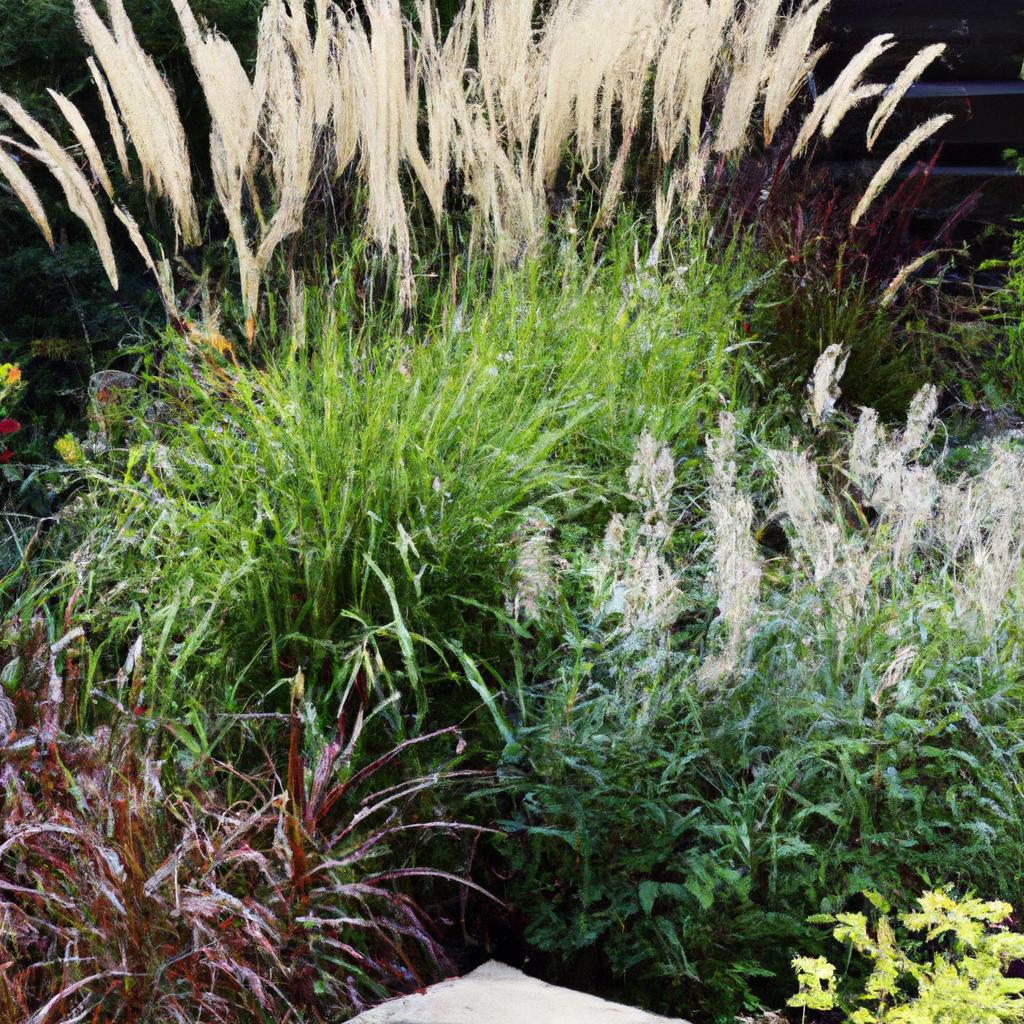
While ornamental grasses are relatively low maintenance, they do require some care to thrive. Here are some tips:
Soil Preparation
Prepare the soil before planting ornamental grasses. They prefer well-draining soil, so consider adding sand or perlite to improve drainage. Adding organic matter, such as compost or aged manure, will provide nutrients for the plants.
Watering and Fertilizing
Once established, ornamental grasses are drought-tolerant and require minimal watering. However, water them regularly during the first growing season to help them establish their roots. After that, water only during extended drought periods.
Fertilizing is not necessary for ornamental grasses. However, you may choose to add a slow-release fertilizer in the spring or a liquid fertilizer every few weeks during the growing season.
Pruning and Maintenance
Ornamental grasses require little pruning, but some varieties benefit from a trim in the spring to remove dead or damaged foliage. Use shears or hedge trimmers to cut back the foliage to a few inches above the ground.
Winter Care
Most ornamental grasses go dormant in winter and require minimal care during this time. However, cut back the dead foliage in late winter or early spring to make way for new growth.
Best Ornamental Grasses for Your Garden
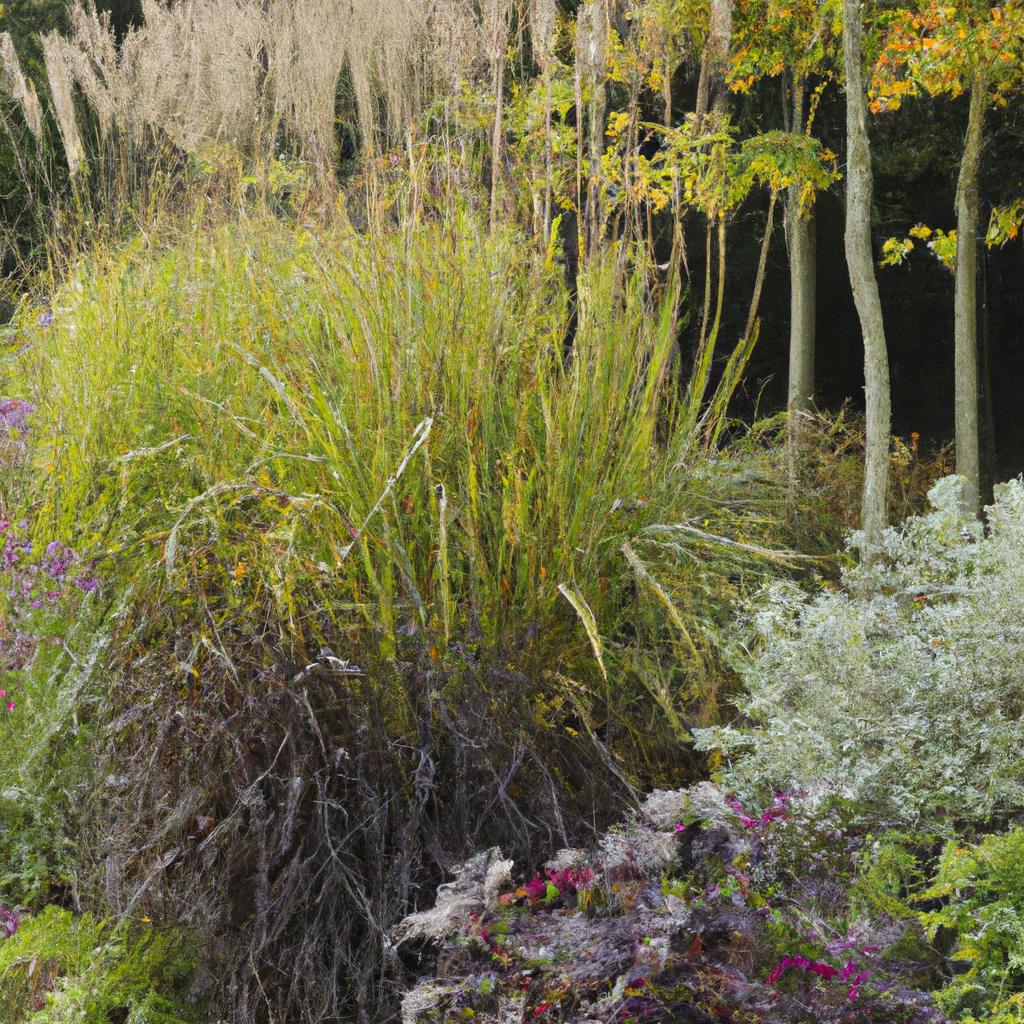
Now that you have some valuable tips and knowledge about ornamental grasses, let’s explore some popular options to consider:
Fountain Grass
Fountain grass offers fluffy, bottlebrush-like flowers and graceful arching foliage. It comes in various colors, including green, pink, and red. This drought-tolerant and low-maintenance grass is a favorite among many gardeners.
Japanese Forest Grass
For a grass with a unique texture, Japanese forest grass is an excellent choice. Its thin, delicate blades form a cascading mound, and it comes in shades of green, yellow, and variegated.
Feather Reed Grass
Feather reed grass is a tall, upright grass with feathery plumes that turn golden in the fall. It adds vertical interest to your garden and is also deer-resistant.
Blue Oat Grass
If you’re looking for striking blue-gray foliage and an upright habit, blue oat grass is the way to go. It’s drought-tolerant and low maintenance, making it a perfect choice for busy gardeners.
By incorporating these tips and ornamental grasses into your garden design, you can create a beautiful and low-maintenance landscape that will thrive for years to come.
To learn more about enhancing your garden, visit TooLacks.
